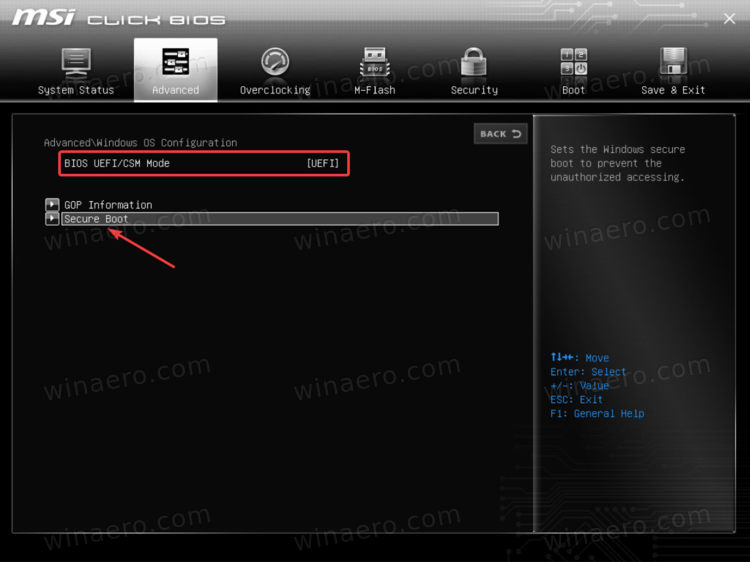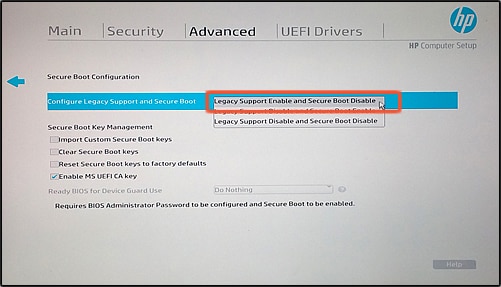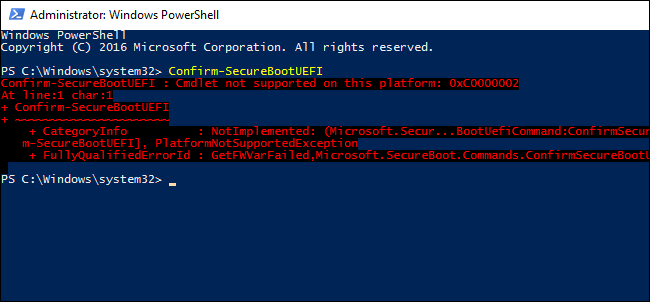

You can check the BIOS mode in System Information. If your BIOS mode is Legacy, you should change it to UEFI. If your BIOS is Legacy, Windows will show Secure Boot State Unsupported (see the above screenshot).

If there is no TPM chip installed on your computer and you install Windows 11 after bypassing TPM, you will see the Secure Boot State Unsupported message in the System Information.Īnother requirement for Secure Boot support is that your BIOS mode should be UEFI. It is a chip designed to provide hardware-based and security-related functions.

TPM is one of the requirements for installing Windows 11.
When the System Information app opens up, locate Secure Boot on the right side to see its status.īelow, we have mentioned some suggestions to follow to fix the Secure Boot State Unsupported issue. Select System Information from the search results. You can check the status of Secure Boot by following the steps written below: If you see Secure Boot State Unsupported, but it is enabled in BIOS, this post has the working fixes to resolve the issue. What if Secure Boot is enabled but not supported? Some users have seen Secure Boot Unsupported error in Windows 11 despite Secure Boot being enabled on their systems. But we do not recommend bypassing the Secure Boot feature to install Windows 11 because Secure Boot prevents malicious code from getting executed at the time of system startup. However, there are ways by which you can bypass Secure Boot and install Windows 11. You cannot install Windows 11 until you enable Secure Boot in your BIOS. Secure Boot is one of the requirements for Windows 11. In this article, we will see what you should do if you see the Secure Boot Unsupported error message in Windows 11.įix the Secure Boot Unsupported error in Windows 11 Hence, Secure Boot is an essential feature in Windows OS and it should be enabled on all Secure Boot-supported devices. In this way, Secure Boot acts as a security gate. If it finds the signature of a boot software invalid, it blocks it from loading. If Secure Boot is enabled, the firmware checks the signature of each piece of boot software at the time PC starts. It is a security standard developed by members of the PC industry. Most modern computers are capable of Secure Boot and on most of them, it is enabled by default. Secure Boot is an important security feature that prevents malicious software from loading on system startup.







 0 kommentar(er)
0 kommentar(er)
